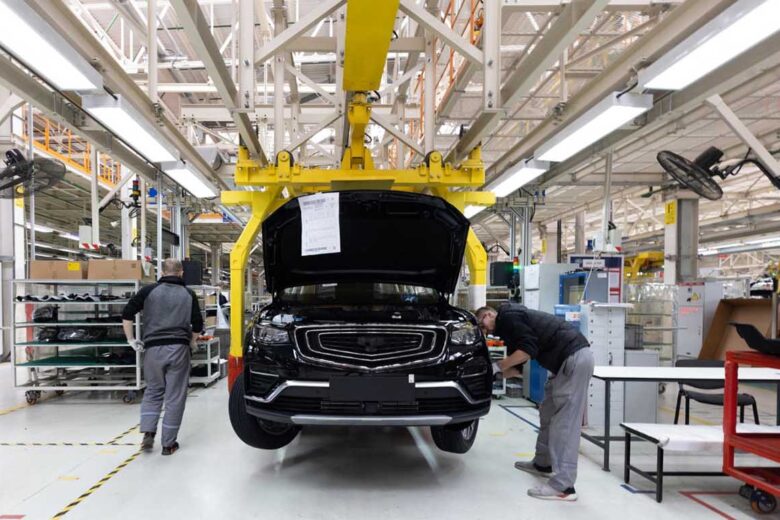The automotive industry is undergoing a historic transformation, driven by rapid technological advancements and shifting societal expectations. From electric vehicles (EVs) to autonomous driving, and from smart infrastructure to shared mobility, the way we think about transportation is being redefined. As we move into a new era of mobility, innovation is not just changing how we drive—it’s changing how we live.
Electrification and Sustainability
At the forefront of the mobility revolution is the global shift toward electrification. Automakers are investing billions into developing electric vehicles that reduce dependence on fossil fuels and cut carbon emissions. Governments around the world are supporting this push with incentives, stricter emissions regulations, and timelines to phase out internal combustion engines.
Companies like Tesla, BYD, and traditional manufacturers such as Ford and Volkswagen are leading the charge, offering a growing lineup of EVs that are not only efficient but also high-performing. Alongside cars, electric buses, scooters, and trucks are becoming more common, indicating a comprehensive transition across transportation modes.
Autonomous Driving and AI
Another game-changing innovation is autonomous driving. Powered by artificial intelligence, sensors, and machine learning, self-driving technology promises safer and more efficient roads. Companies like Waymo, Cruise, and Tesla are actively testing and refining their systems, with some already offering semi-autonomous features in commercial vehicles.
While full autonomy faces regulatory, ethical, and technical challenges, the progress so far suggests a future where vehicles can navigate without human input, reducing accidents caused by human error and improving traffic flow.
Connected Vehicles and Smart Infrastructure
Modern vehicles are more connected than ever. With the integration of Internet of Things (IoT) technology, vehicles can now communicate with each other (V2V), with infrastructure (V2I), and with their environment (V2X). This connectivity enables real-time updates, predictive maintenance, over-the-air software upgrades, and seamless navigation.
Smart infrastructure, such as traffic lights that adapt to traffic patterns and roads embedded with sensors, will complement these vehicles, making cities smarter and more efficient. This digital ecosystem enhances safety, reduces congestion, and provides a better user experience for drivers and passengers alike.
Mobility as a Service (MaaS)
Ownership is no longer the only way to access transportation. Mobility as a Service (MaaS) is reshaping urban transportation by integrating various forms of transport into a single accessible service. Apps now allow users to plan, book, and pay for trips using a combination of public transit, ride-sharing, bike rentals, and more.
This shift supports more sustainable urban development, reduces the need for parking space, and makes mobility more accessible and affordable. Companies like Uber, Lyft, and emerging MaaS platforms are redefining what it means to get from point A to point B.
Challenges and the Road Ahead
Despite these promising developments, the road to the future of mobility is not without obstacles. Concerns around data privacy, cybersecurity, infrastructure costs, and regulatory frameworks remain significant. Furthermore, ensuring equitable access to these technologies across different communities is essential.
Still, the momentum is undeniable. The automotive industry is at a crossroads, and innovation is steering it toward a cleaner, smarter, and more connected future. As these technologies mature, they hold the potential not just to revolutionize how we move, but to reshape our cities, our economies, and our daily lives.

